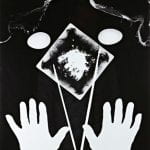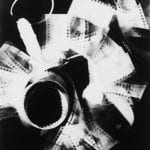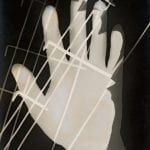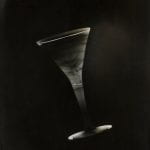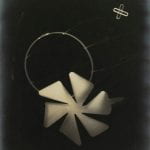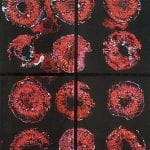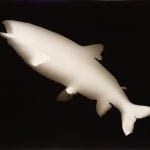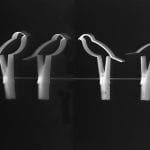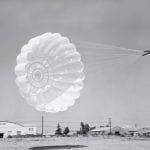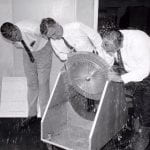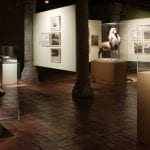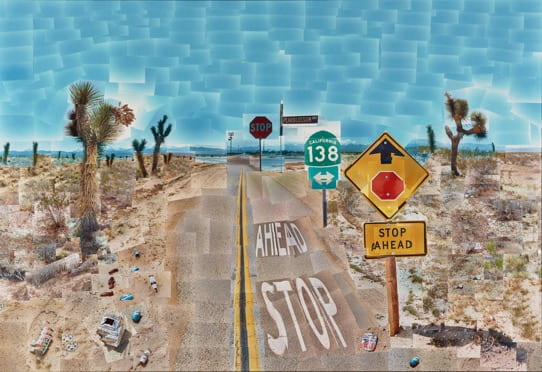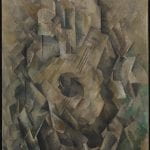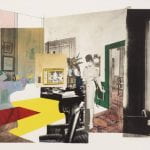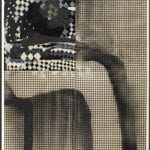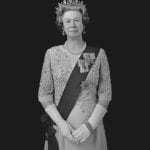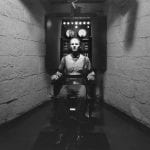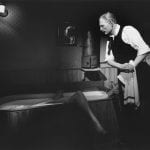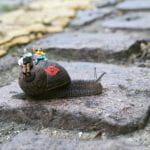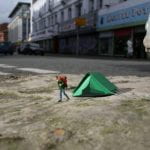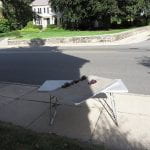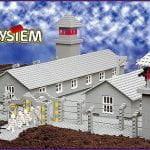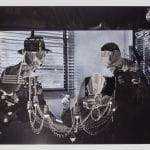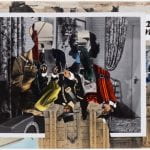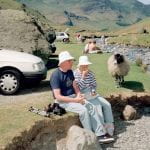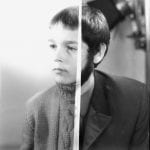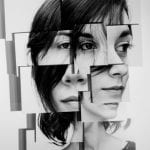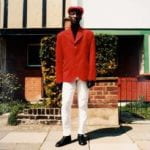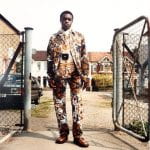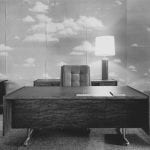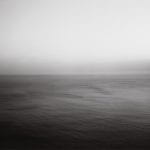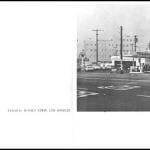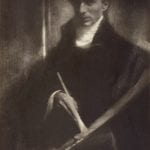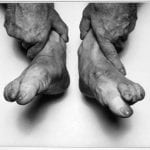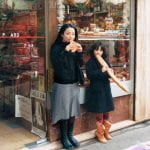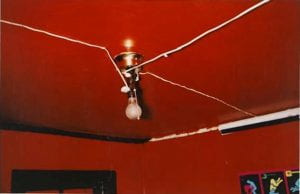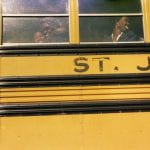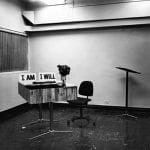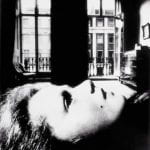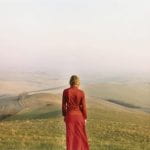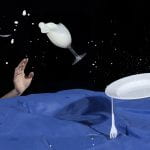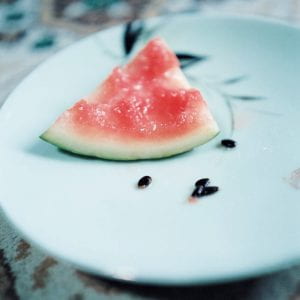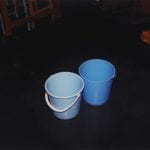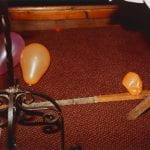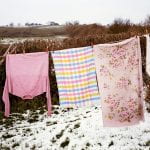The Light (and Delight) of the Photogram
‘I am doing Photograms! I am having such fun. They reveal the most beautiful new world of light & form’ (Hepworth in Bowness, 2013)

This is a fun session in which participants will make photograms, as well as learn the basics of analogue processes. It also serves as an introduction to the constructed image, the dependence of the photographic process on light and time, as well as basic darkroom development principles.
‘A photogram is not a photograph, not really. Sure, it is usually discussed as a subset of photography, and it was born around the same time, from similar chemistry, but is practically and conceptually only remotely related. A photogram is a 1:1 scale negative record of a shadow. It is unique and unpredictable. Photographs tell sweeping, barefaced lies; photograms tell the truth, but only a thin slice of it. the ocean of images that surges and swells around us is mainly photographic; we are awash with manipulated half-truths and shameless fictions’ (Griffin, 2019)
This Session could be run in conjunction with:

‘An automatic reproduction by the action of light’ (Niepce (1839) in Trachtenberg, 1980, p.5)
‘It is not an instrument which serves to draw nature but a chemical and physical process which gives her the power to reproduce herself’ (Daguerre (1839) in Trachtenberg, 1980, p.13)
‘By optical and chemical means alone [the image is] impressed by Nature’s hand’ (Talbot (1839) in Wood, 2001, p.192)
Aims & Outcomes:
- For participants to discuss and visually explore the nature of photographic seeing
- For participants to experience and understand the nature of darkroom processing
- Participant Take Away Outcome: At least 3 photograms

You will need:
- A selection of small objects / materials to make photograms with (participants can also bring / find objects / materials)
- 10 x 8 inch Ilford Multigrade Paper
- A Darkroom / Darkroom chemicals
- *if you are working off-campus you will need a light tight room, chemicals, trays and red lights
- An introductory brief & Presentation (below) for participants to outline the ideas and provide examples
- A booked room to critique participants work
- Blue tack to pin the work
- * Access to Photocopiers with a scan function / Scanners, Printers etc if you are planning on making digital photograms
- Costings and Risk Assessments
‘Photography can lie as to the meaning of a thing but never to its existence’ (Barthes, 1980, p.89)

presentation ideas: The Light (and Delight) of the photogram
Preparation Work:
- Make sure you have all of the required materials (including some objects)
- Make sure you have booked the darkrooms if you are working on campus / have chemicals, lights, trays etc if off campus.
- Set up the enlargers (with carriers / lenses) and easels (9×6) in advance of the session
- Introduce participants / teachers to darkroom processes / photograms by asking them to watch ‘Making a Photogram’ (2017) for Ilford available here
- If you are working with Secondary School / College participants to read Jonathan Griffin (2019) ‘Out of the Light / Into the Shadow’ for Tate available here
- If you are working with Primary School participants you could ask them to make a montage with some / the objects you have chosen on A4 paper and draw or photograph it. In the sesison / in advance, younger children can also cut out shapes and images from magazines (and mount onto card) as ‘objects’ to make storytelling photograms with.
- You might encourage participants to make digital photograms using a photocopier / scanner. Some useful ideas are available here




